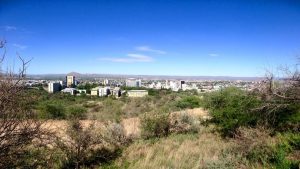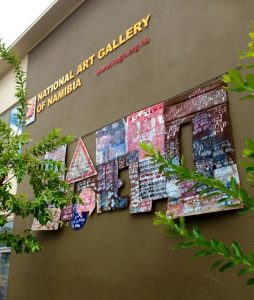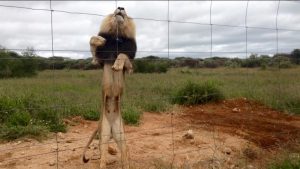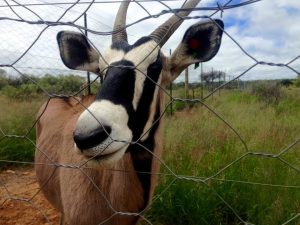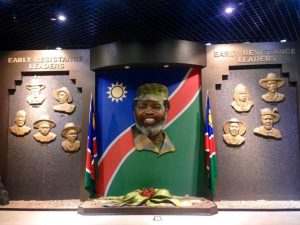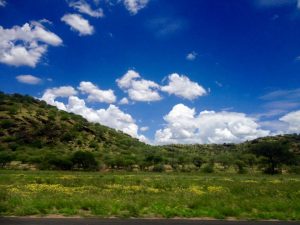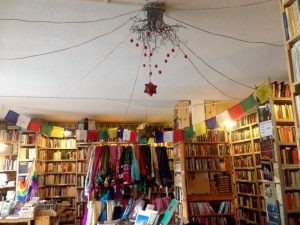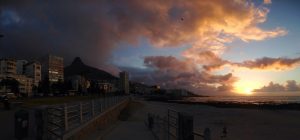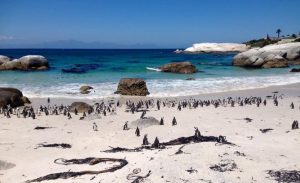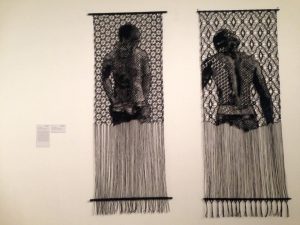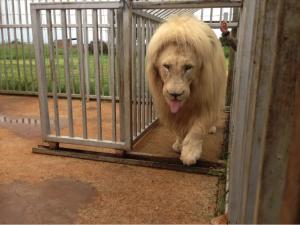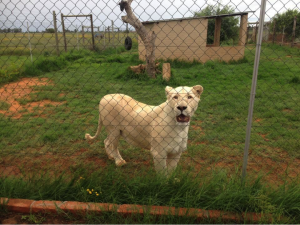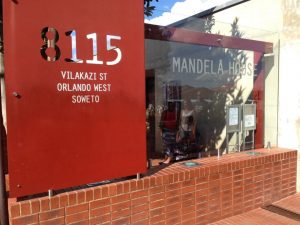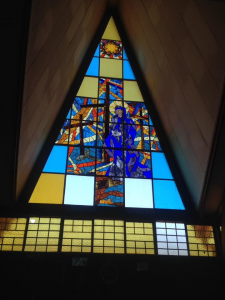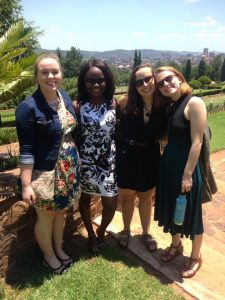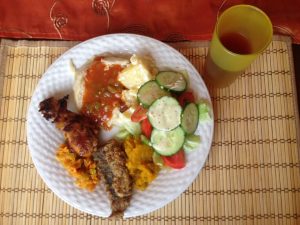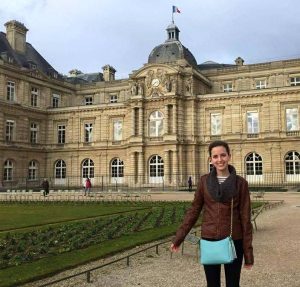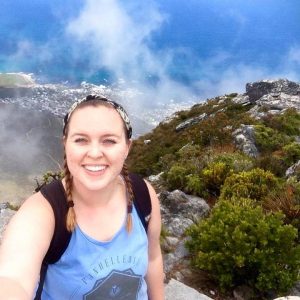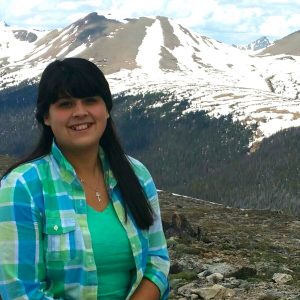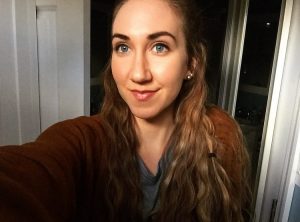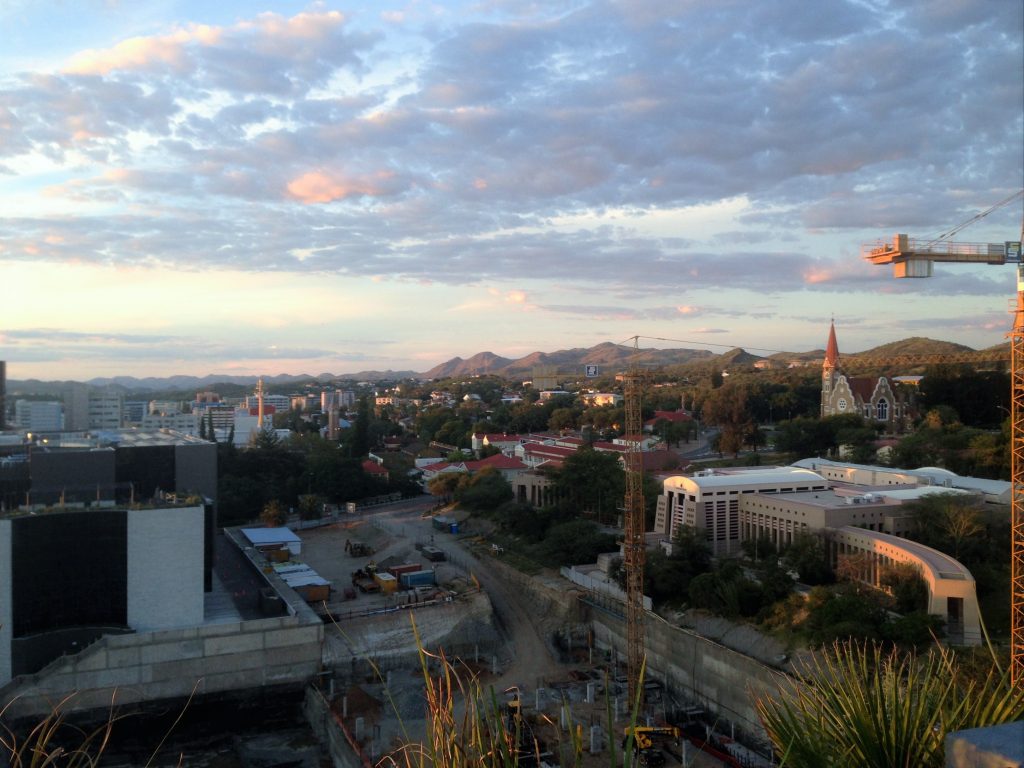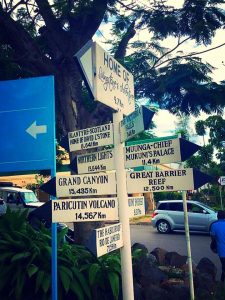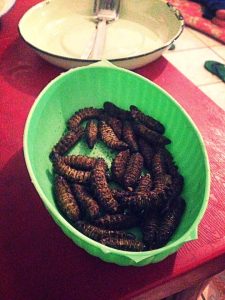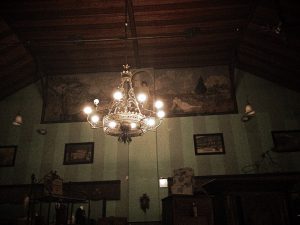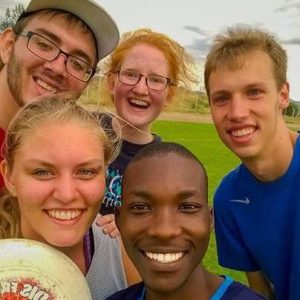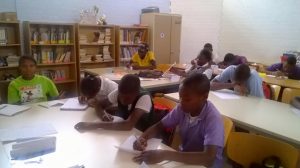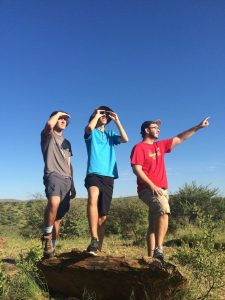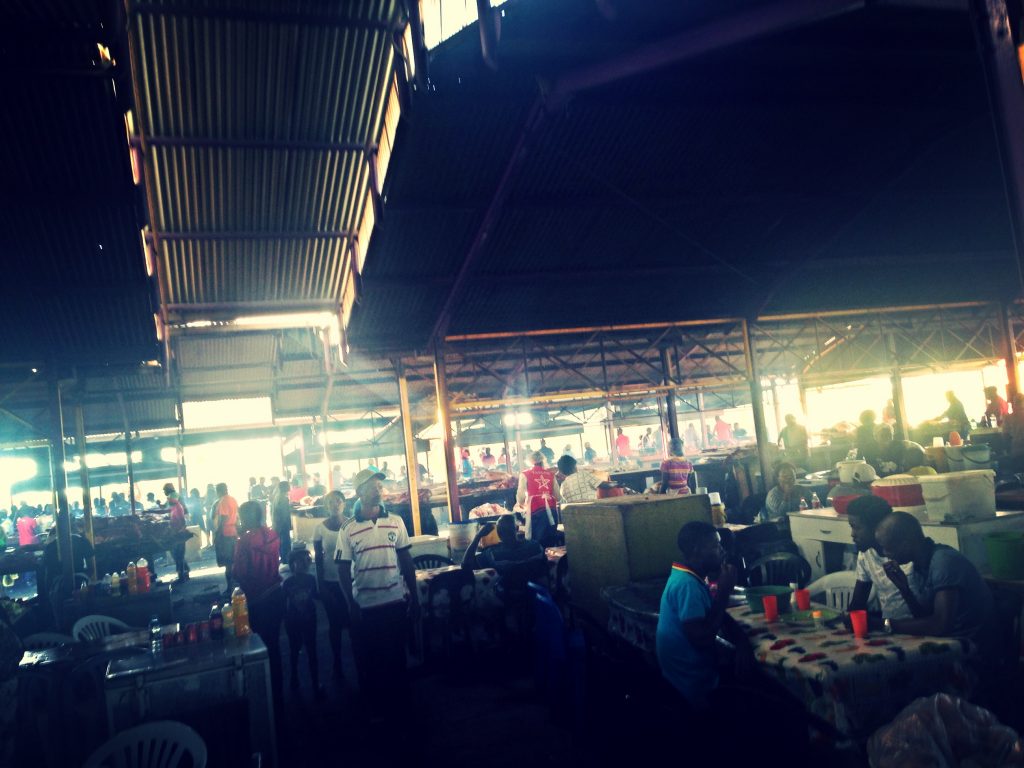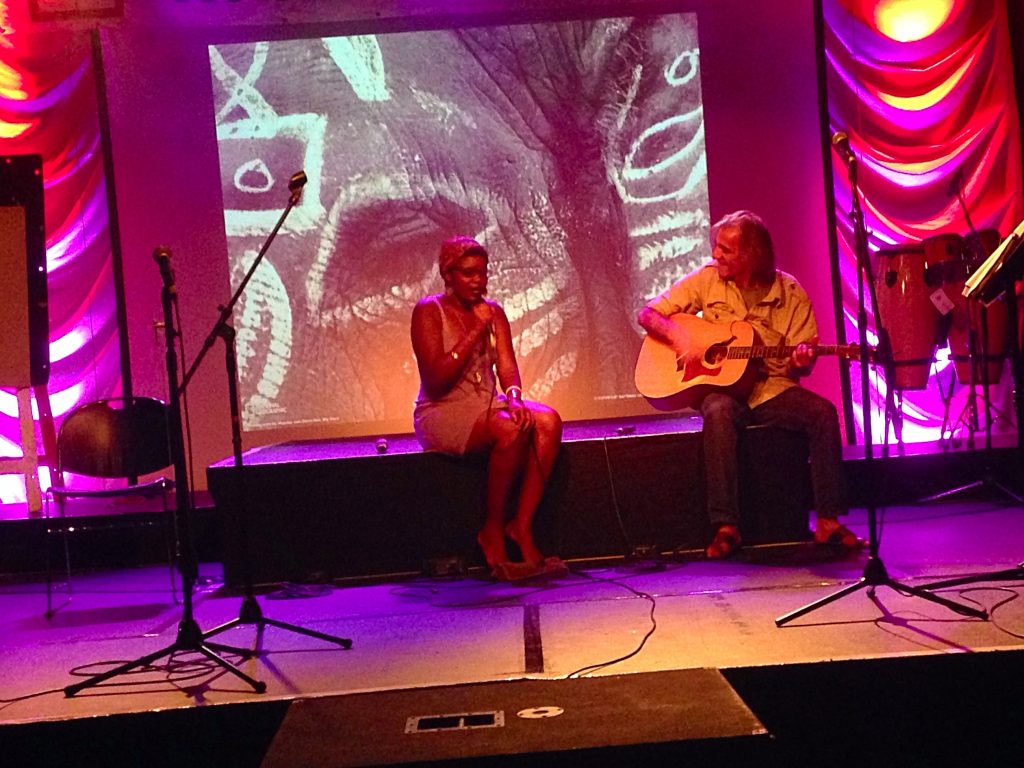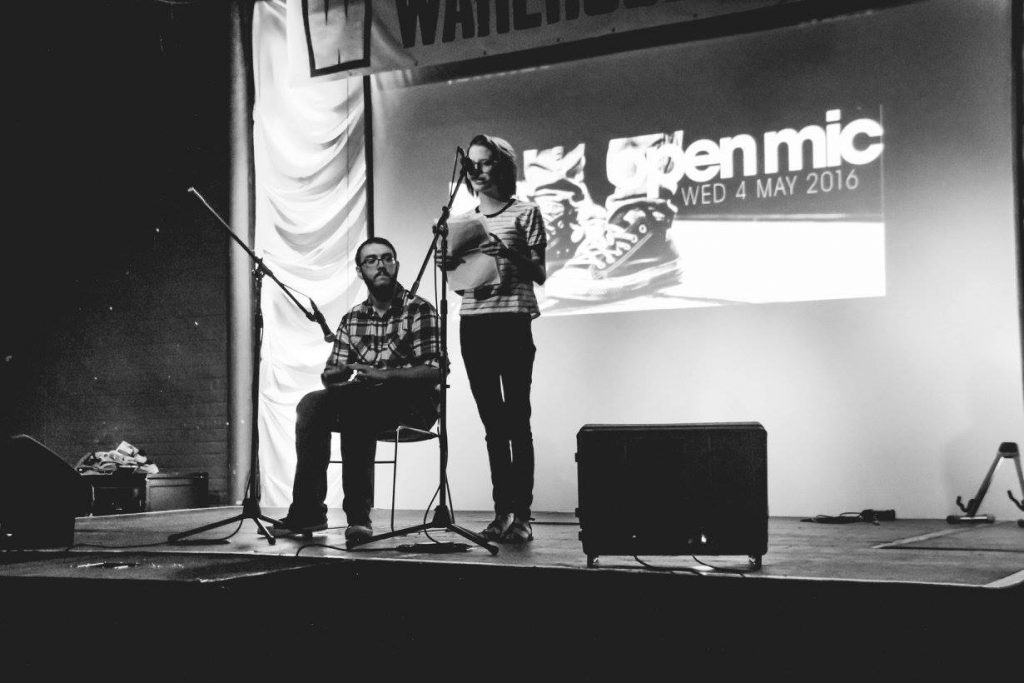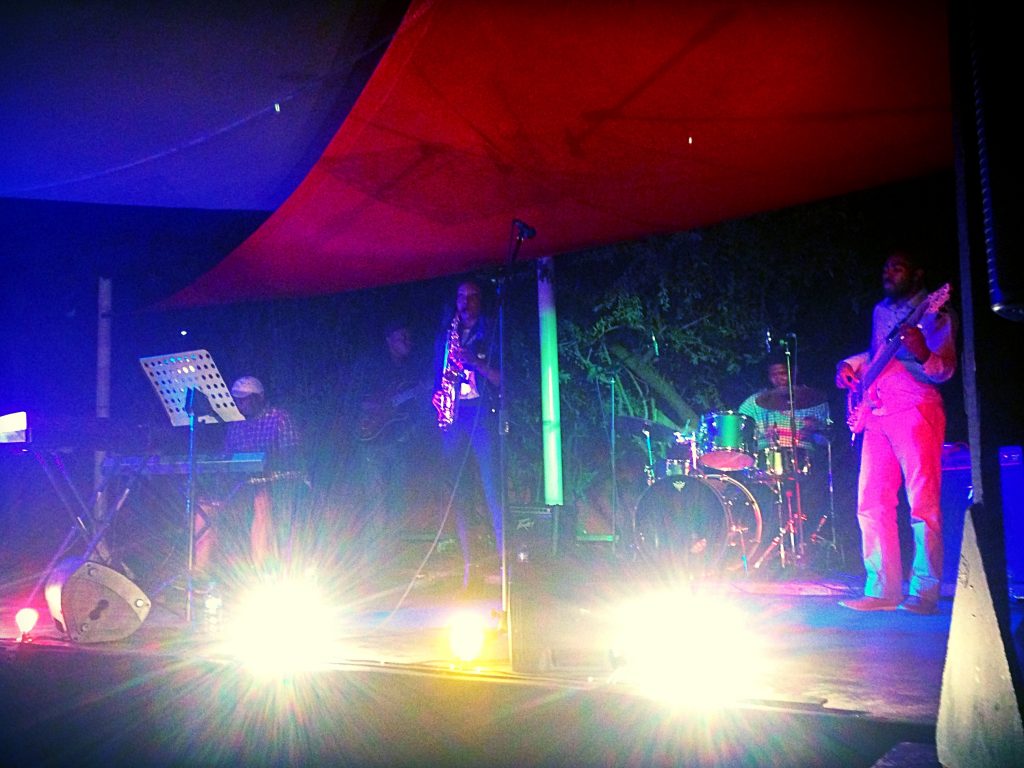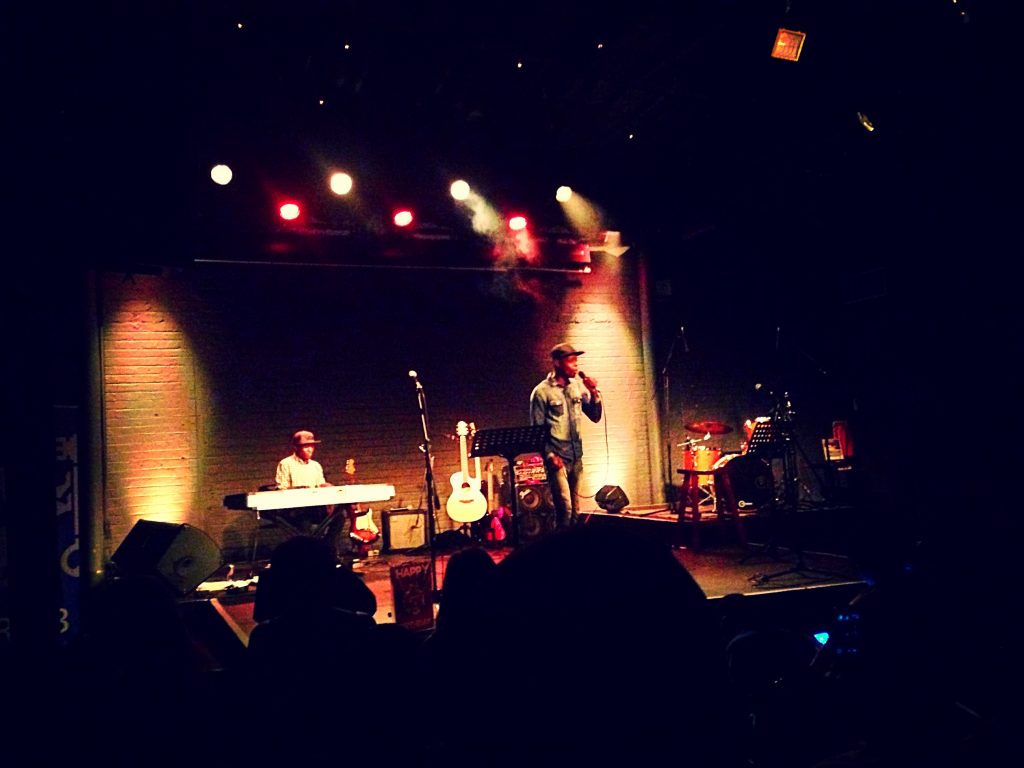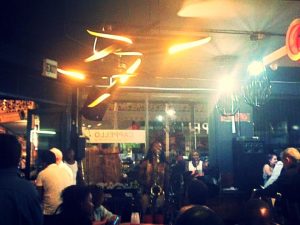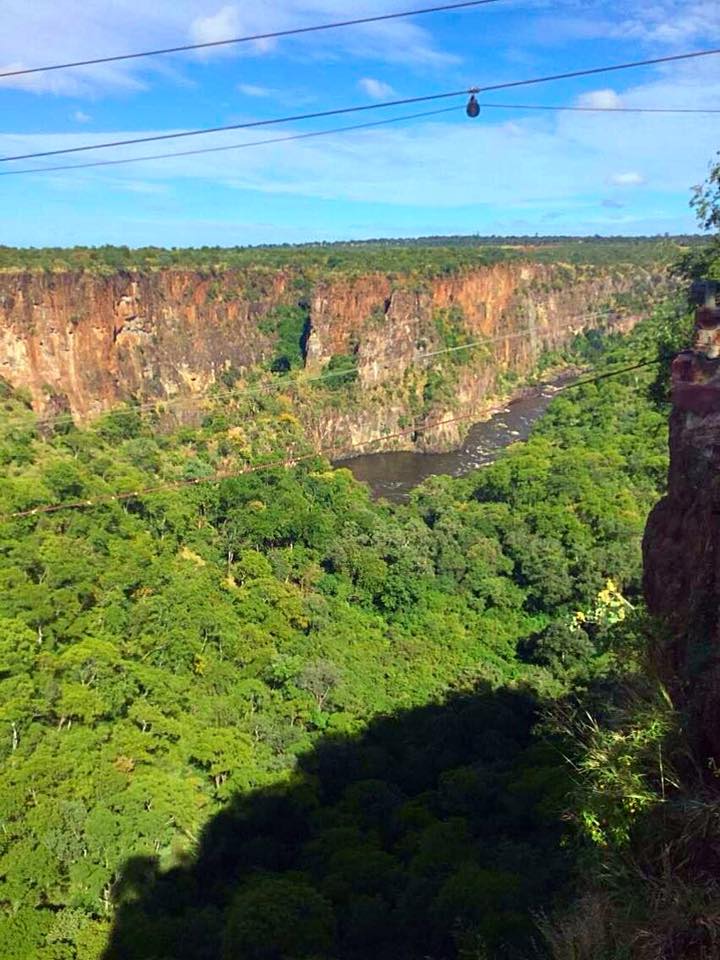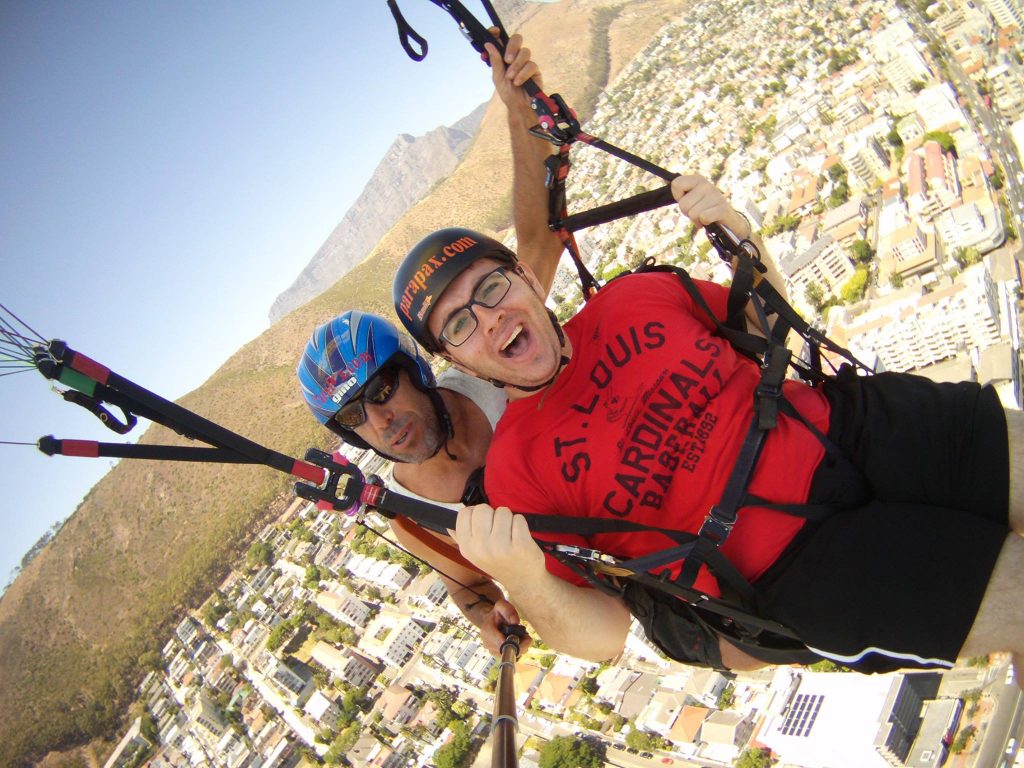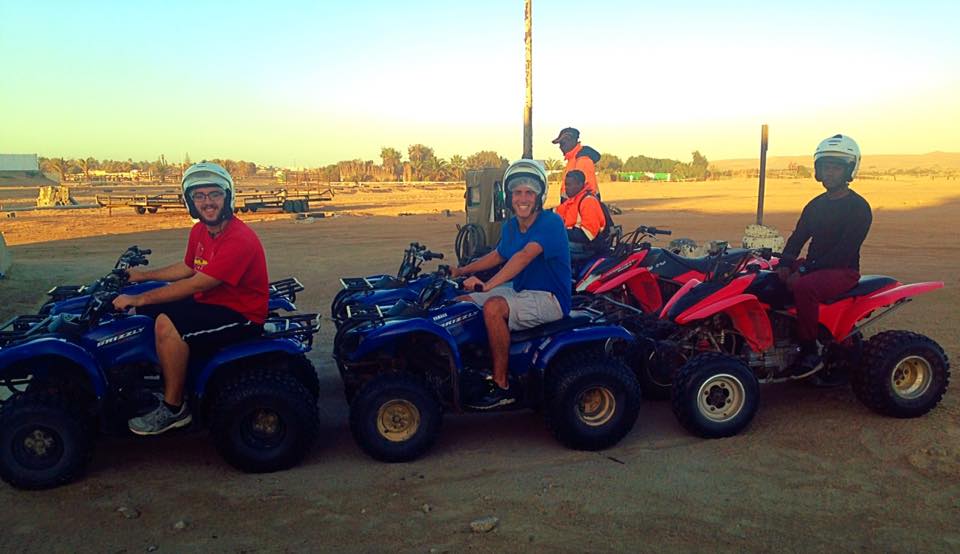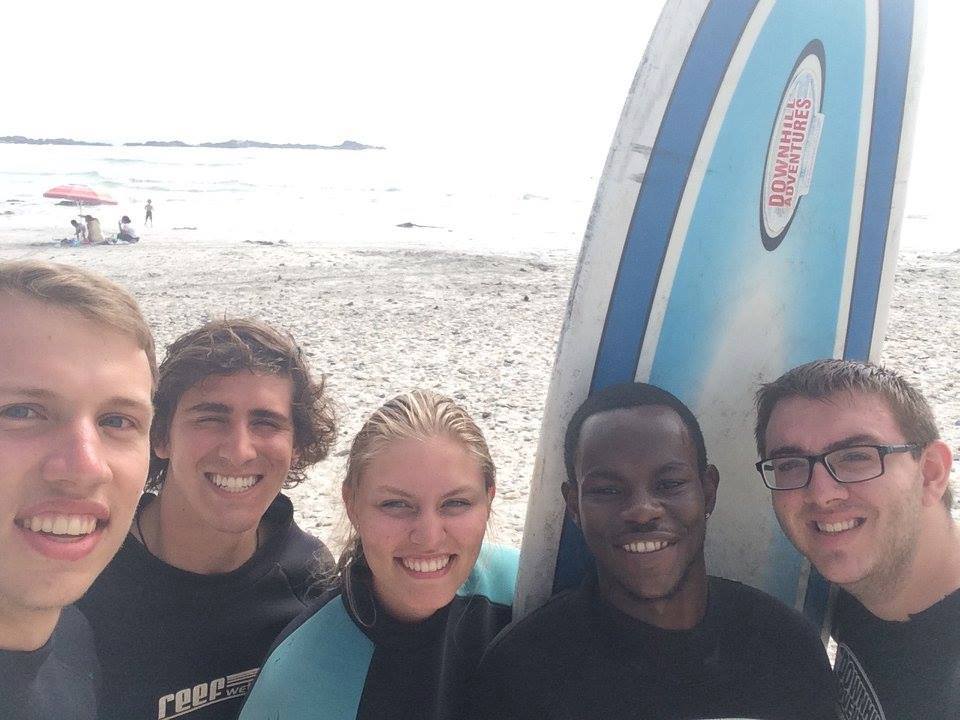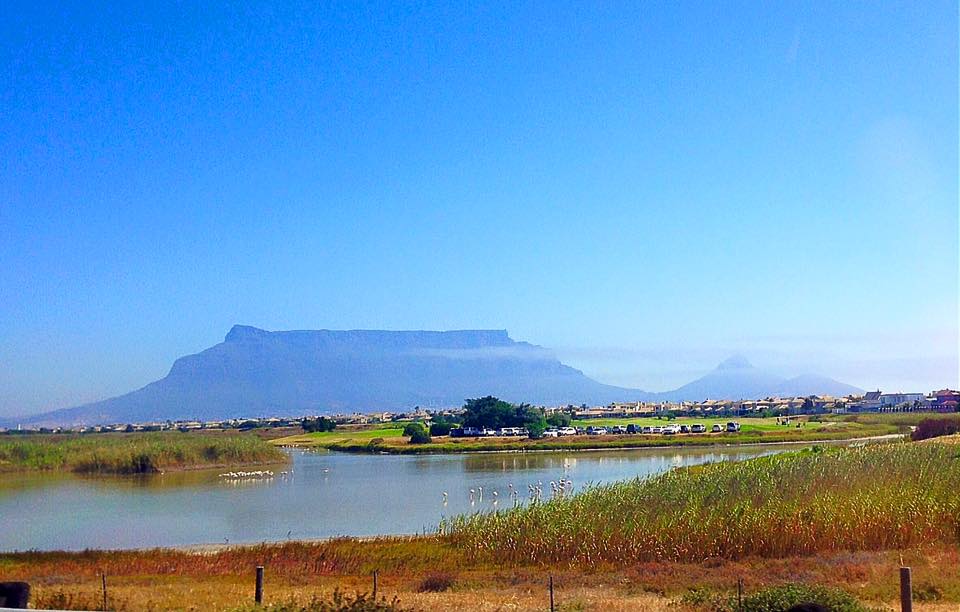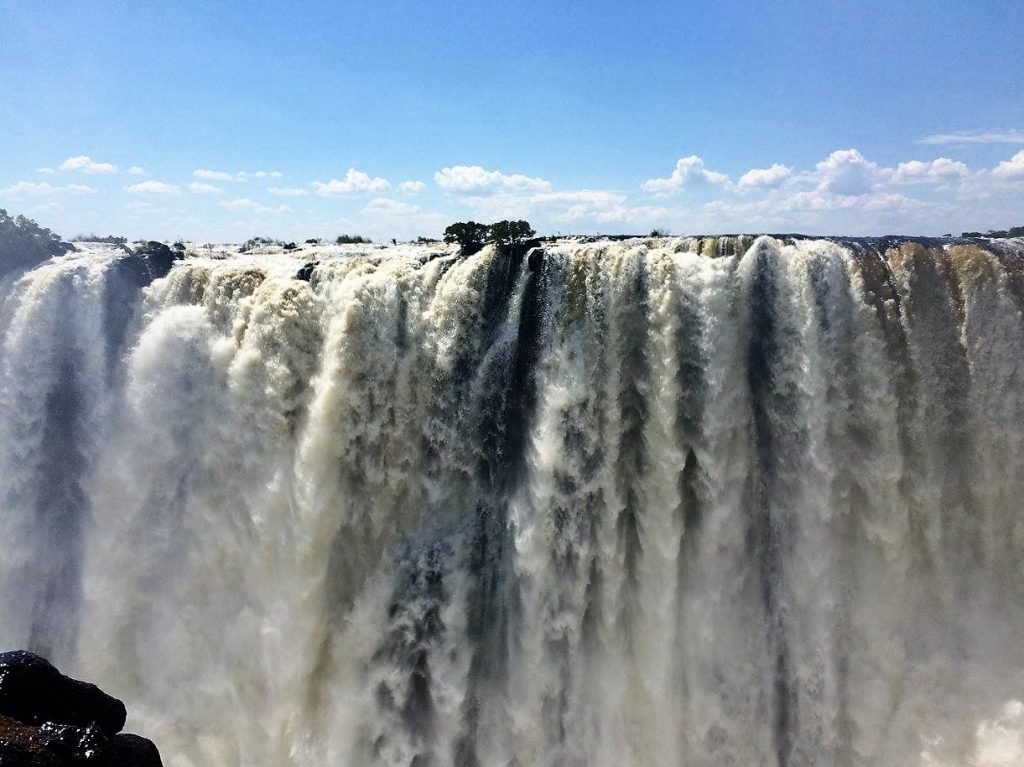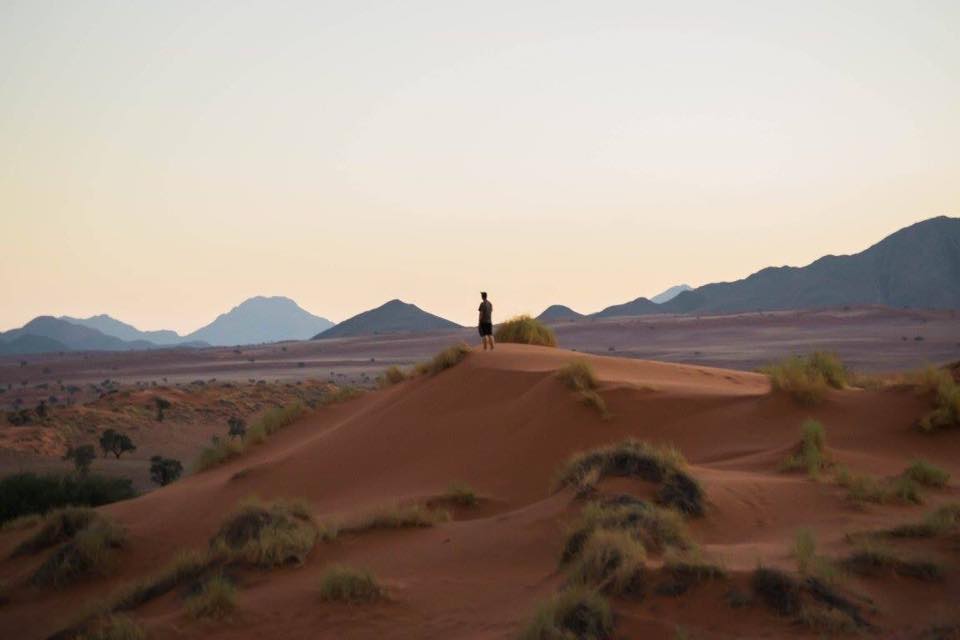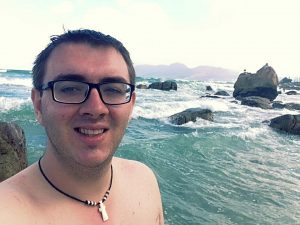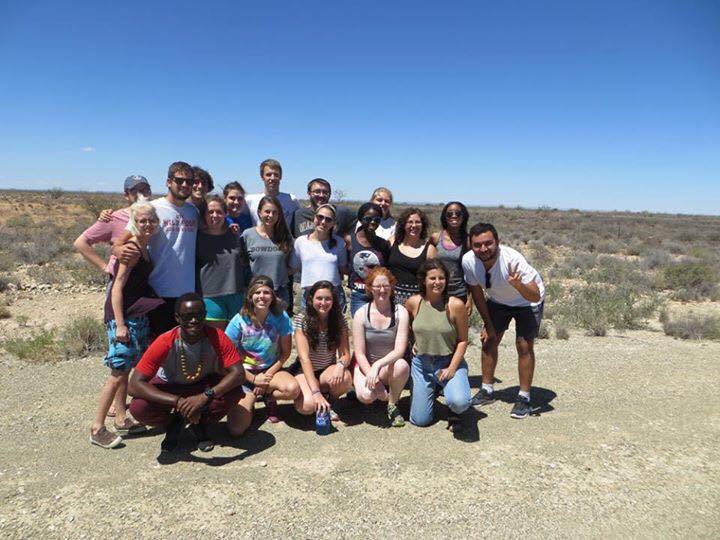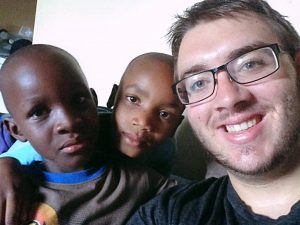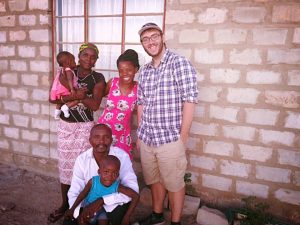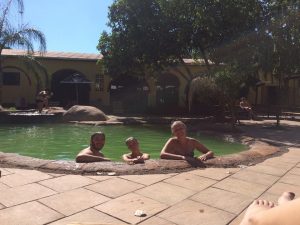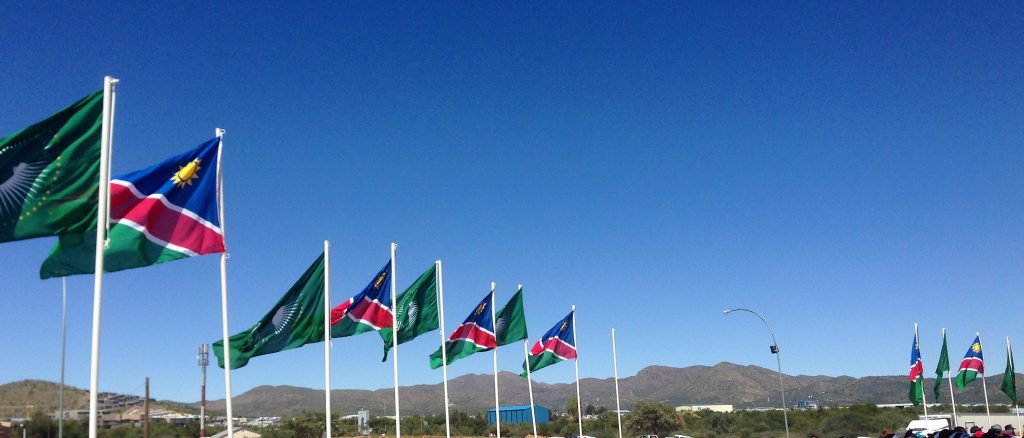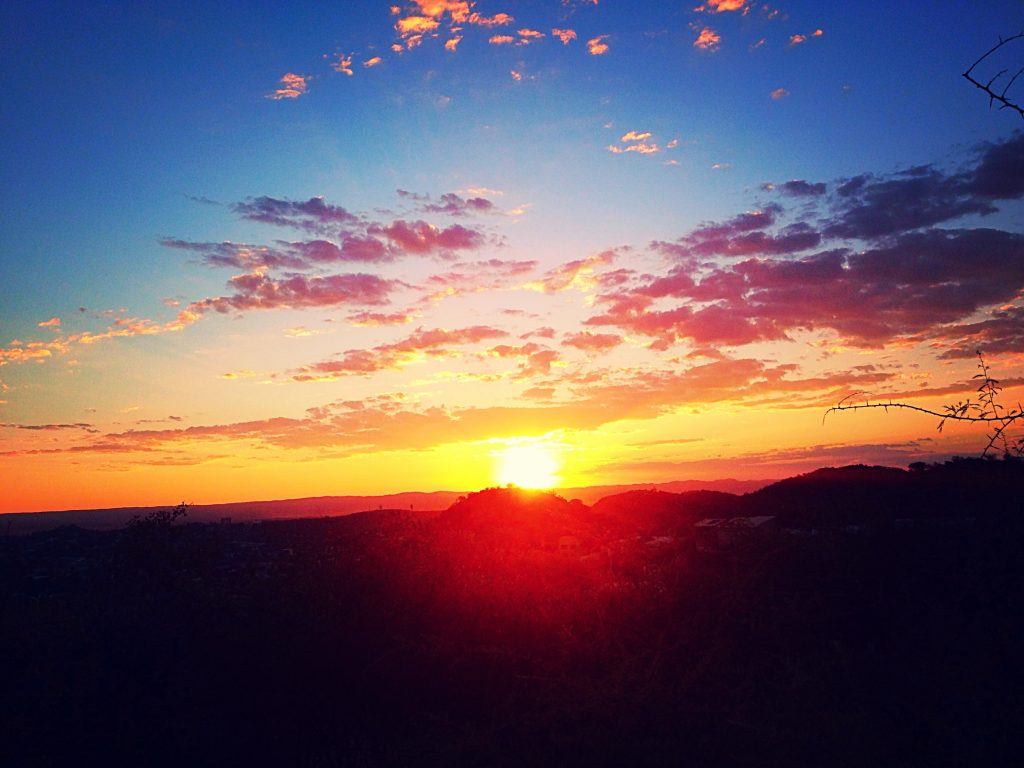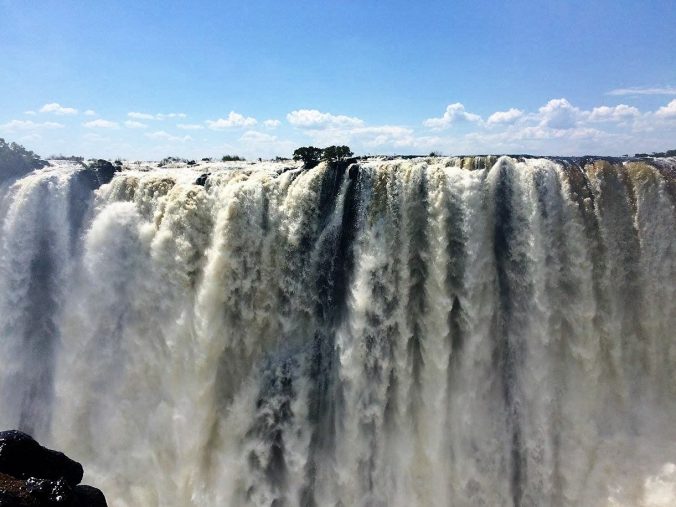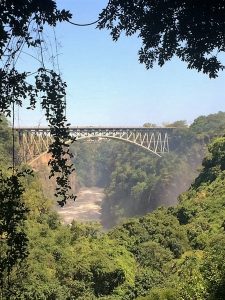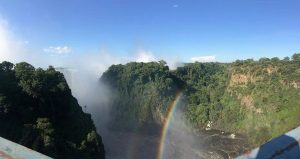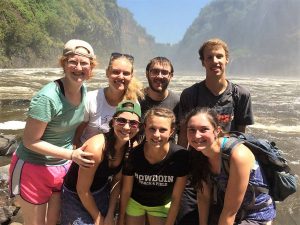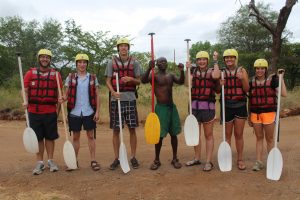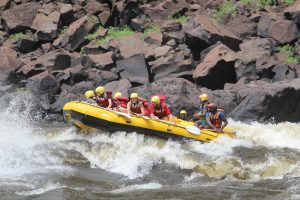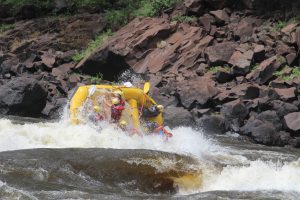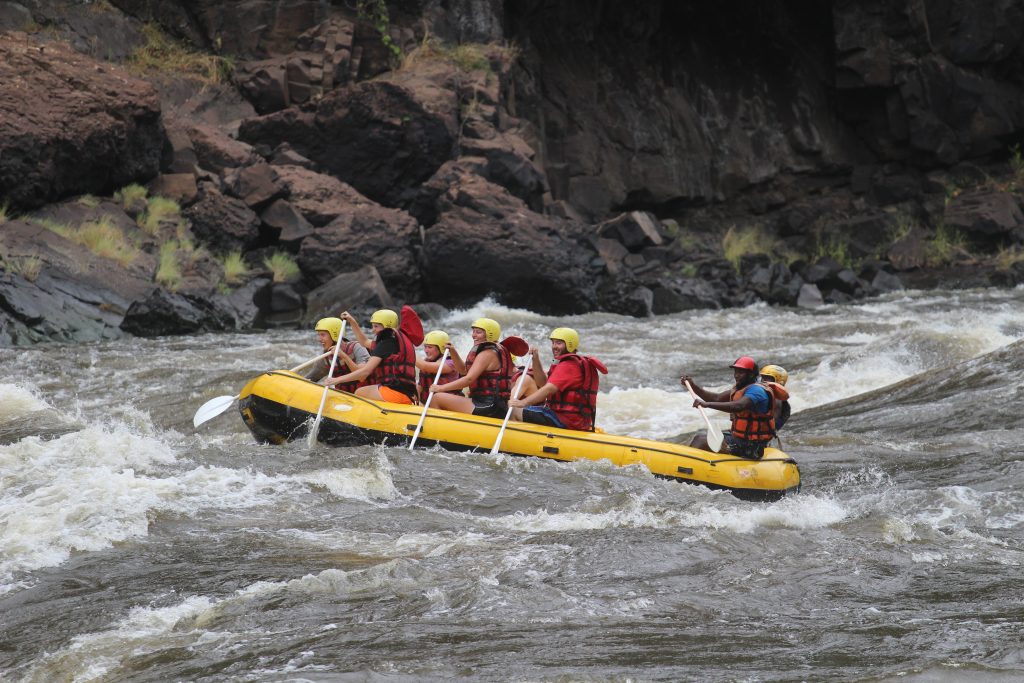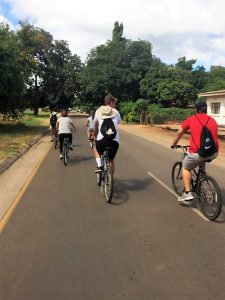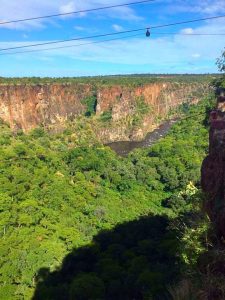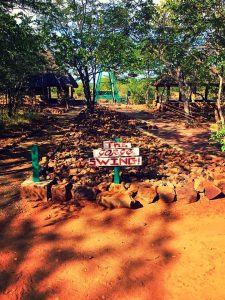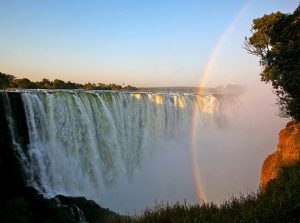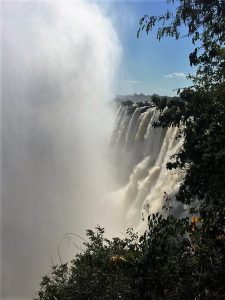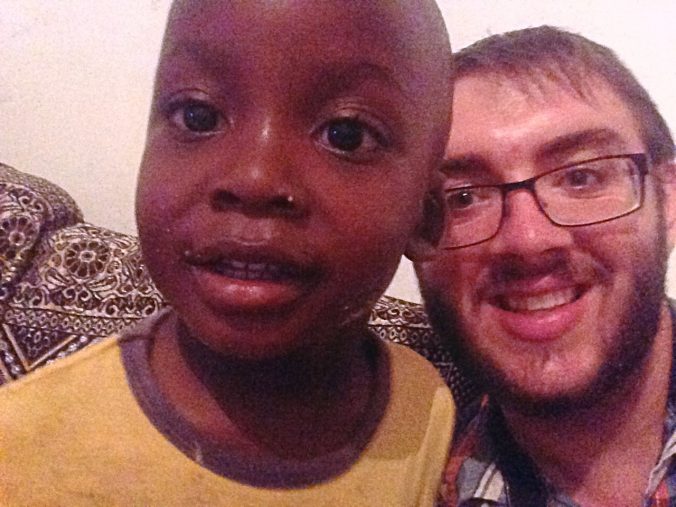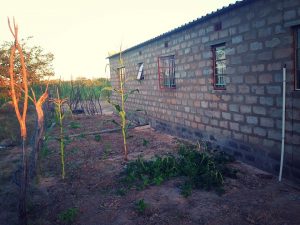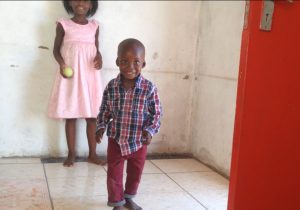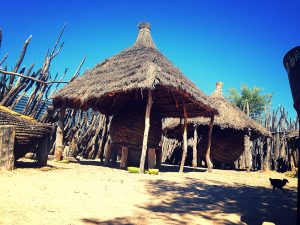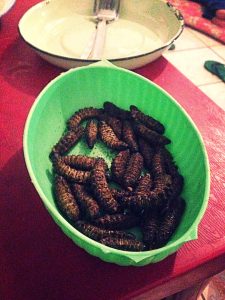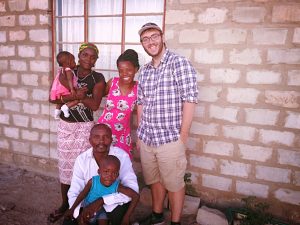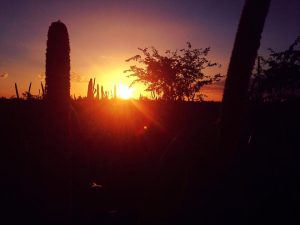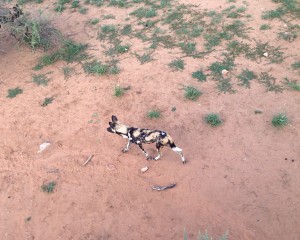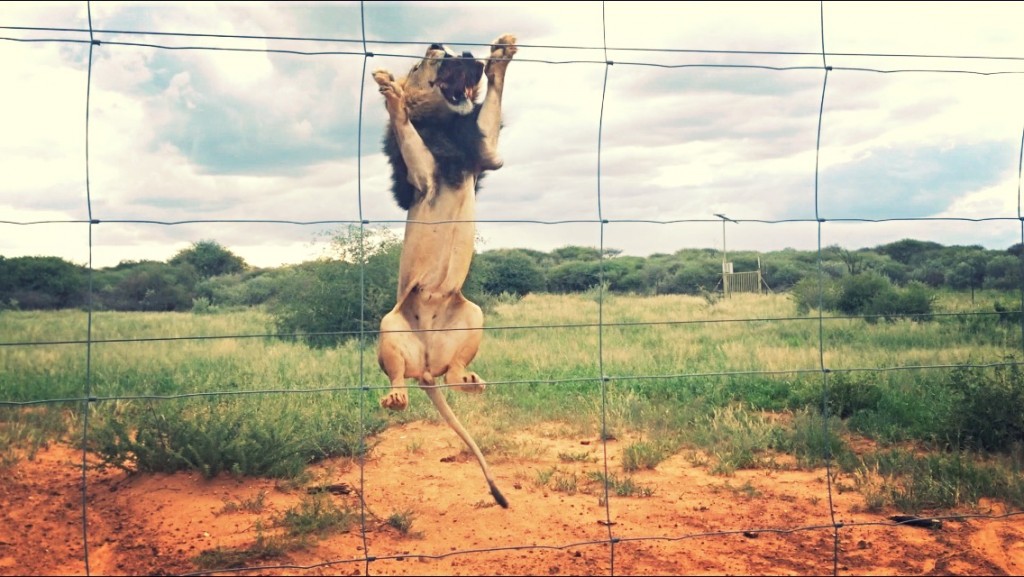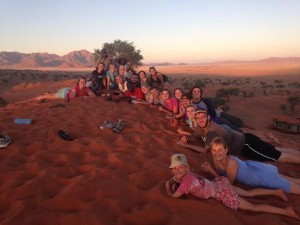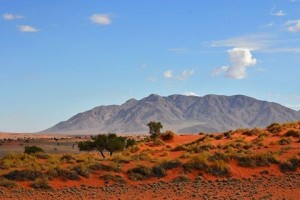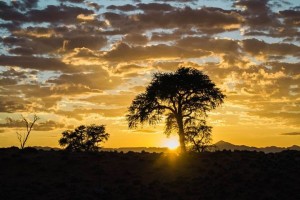Blogger: Katie Karstensen
Program: Windhoek, Namibia
Let me show you around some of my favorite places at my home for these three months:
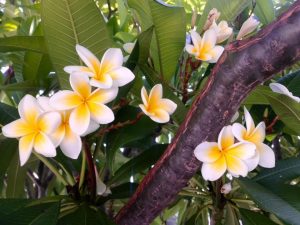
Plumeria, the beautiful flower trees that I’ve happened to find at all of my favorite places I’ve been to so far.

The Church, yes that’s actually the name of it. One of the many Lutheran churches in Namibia. About 95% of Namibians are Christian, and 75% are Lutheran.
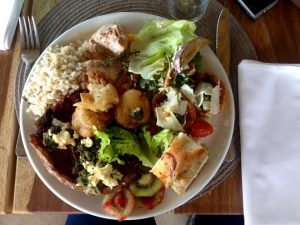
The best meal I’ve had, and probably will ever have. At N/a’an ku sê Animal Lodge & Wildlife Sanctuary.
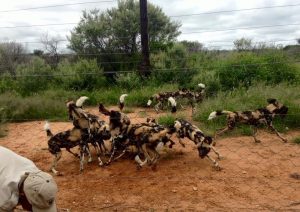
African Wild Dogs, on the endangered species list with only about 5,000 animals left, mostly in northern Namibia. They have very poor immune systems, so if they eat an animal that’s sick, they also become sick.
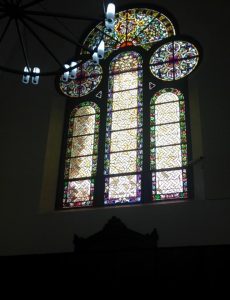
Stained glass window inside the Church of God. The top of the stained glass window shows a pelican. Not remembering any pelicans in the Bible, we asked and were told it was thought pelicans gave part of themselves up to feed their young, though in reality they pick up food in their beaks, store it, and then feed their babies. So the pelican acts as symbolism, reminding of us how Jesus gave up himself for us.

Windhoek is full of lots and lots of colorful flowers that make walks around the city even more pleasurable.
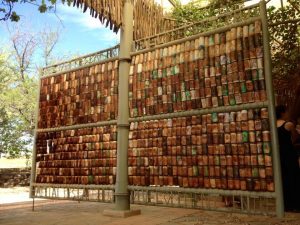
Habitat Research Development, an environmental sustainability facility that teaches community members alternative ways to build houses and live in a more environmentally friendly manner.

Three Circles, literally three circles of concrete where people use street art to express political opinions, artistic expressions, or whatever someone is feeling. Everything goes.
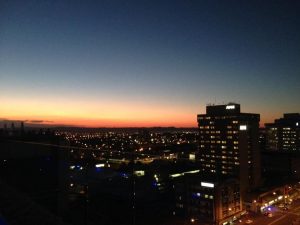
Sunset at the Hilton Hotel Sky Bar, also known as a sundowner: getting drinks with friends while watching the sunset.
The classes I am taking this semester are a part of my experiential learning. It has taken some getting used to having lectures in the living room at our house, but I’ve been grateful for a change of pace in my academic learning style. With our classes, we go to different areas of the city, and even country to learn more about Namibia from the places and people themselves. Through my Environment and Sustainability class, I have had the opportunity to go to a Bird Rehabilitation Center (which due to my fear of birds was one of the more scary things I’ve participated in), community development and educational environment sustainability centers, and will be visiting NaDeet (the Namib Desert Environmental Education Trust) for an upcoming weekend. Through my Religion and Social Change course I have had the opportunity to go to a Lutheran Church, Dutch Reformed Church, and Jewish Synagogue. We have heard from speakers about African Traditional Religion and different marital practices within Namibian tribes. Through my History, Racism, and Resistance class I have had the opportunity to learn more about apartheid and the colonization of the Southern Africa and explored different museums including history about Namibia and the different tribes (Herero, Damara, Nama, and Oshiwambo to name a few).
We’ve had the opportunity to learn more about the city by guided driving and walking tours, and even being dropped off in the middle of the city with a map, a couple of dollars, and a few hours to navigate our way home on our very first day in Namibia. I’ve been able to bond with other students on the program by going out to markets, small music festival with local artists, and other events. Another must if you’re ever spending time in Windhoek is to try kapana. Single’s Corner Market in Katutura, a neighborhood in Windhoek, contains some of the best meat I’ve ever tried, and that’s saying a lot after being raised on a beef farm in the Midwest. Single’s Corner has a colorful mix of women selling clothing, men selling leather shoes, spices, mopani worms, fat cakes, and so many other things. The other half of the market is where trucks come with entire animal carcasses and people immediately butcher the animals out in the open for all to see, then more people slice up meat to put on the open fire grill where you can walk and sample meat from every station. You walk up to a grill and pick the meat right off of it and dip it in kapana spice, this wonderful orange, spicy, delicious goodness. After sampling you can get a box of kapana all for yourself, best paired with fat cakes (delicious fried bread), special sauce (freshly chopped tomatoes and onions), and a Stoney Ginger Beer.
— Katie
